At the beginning of this year, Heilongjiang's cultural and tourism fires, and the exchange of gifts of local products from southern and northern provinces in China led to the popularity of many local products. Different from the local specialties in the past, some local specialties are often not known by the public, and many even the local people do not know that there is such a big industry hidden in the small county town of their hometown. These local specialties are affectionately called "hidden" local specialties.
45% of the world's French foie gras is produced in China
Small county town conceals world food
Goose liver is no stranger in China's diet map, and the braised goose liver is a famous braised dish in Chaoshan area. However, when it comes to "French foie gras", many people may think of keywords such as "France" and "high-end western restaurants".
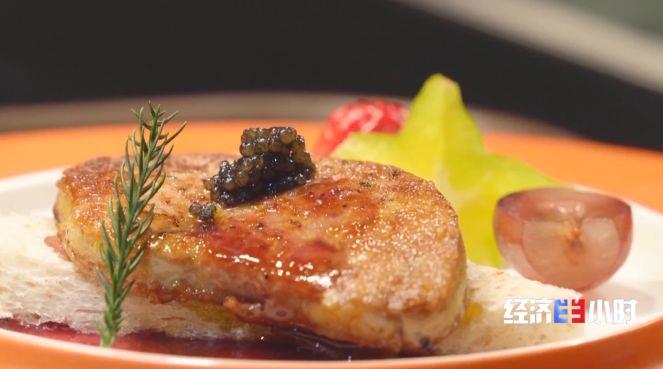
In fact, 45% of French foie gras in the world now comes from China. Foie gras eaten by people may be produced in Huoqiu County, Anhui Province. In Huoqiu County, there are more than 100 Langde goose breeding and processing manufacturing enterprises introduced from France, with an annual production of goose fat liver of more than 5000 tons, making it the largest goose fat liver production base in China.
At the beginning of this year, the Anhui Huoqiu local specialty "French goose liver", which was widely known in the online "local specialty", has actually been developing silently in China for more than 20 years. At that time, Hu Jianyuan was introduced from a French investment enterprise in Shandong.
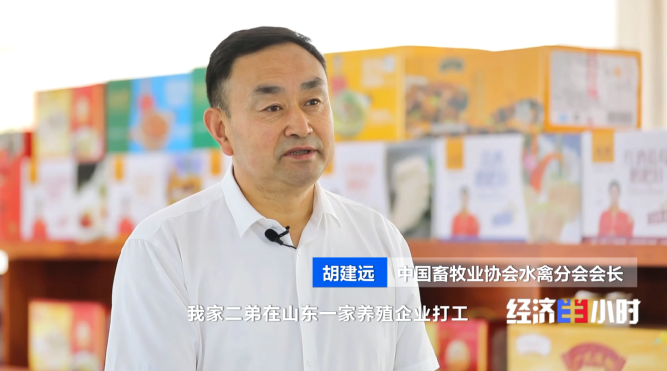
From groping breeding to product promotion, Hu Jianyuan learned to register companies and trademarks, and Huoqiu foie gras also had its own brand, and began to move step by step to the national market.

In this round of local product network upsurge triggered by Harbin Culture and Tourism during the Spring Festival this year, all parts of the country have revealed their family background, and "Huoqiu goose fat liver" stands out from many local products. "Tall" ingredients and unknown small county towns form a strong contrast. Huoqiu goose fatty liver also welcomes the opportunity of "becoming famous" through network traffic.
Hu Jianyuan, President of Waterfowl Branch of China Animal Husbandry Association: Our popularity of goose livers has increased rapidly, and our sales have also increased by more than 30%.
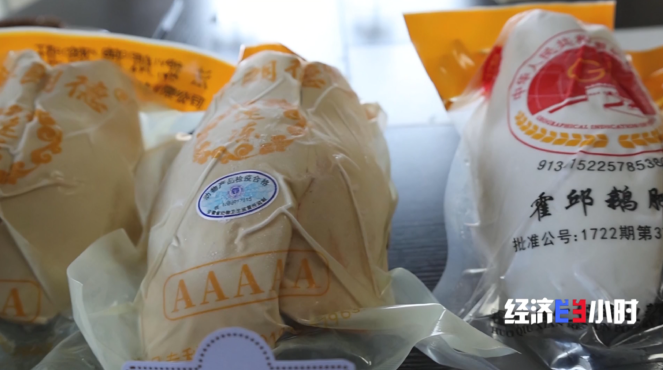
In recent years, the industry chain of Foegu goose liver has been continuously extended. In addition to selling fresh foie gras, they have also developed more than ten varieties and flavors of cooked food, such as red wine foie gras and rose foie gras, and continue to change the flow into sales volume, turning hidden products into popular ones.
60% of the world's caviar comes from China
Annual output up to 260 tons
Caviar is a kind of high-end food used for western food, which is made from sturgeon roe. Previously, caviar was mostly produced in France, Belgium and other countries, but now China has become the world's largest caviar producer and exporter, with an annual output of about 260 tons, supplying 60% of the global market.

Among them, a caviar production enterprise in Tianquan County, Ya'an, Sichuan Province produced 60 tons of caviar in 2023, accounting for 23% of the national output. This industry originated from the sturgeon breeding of this enterprise more than a decade ago.
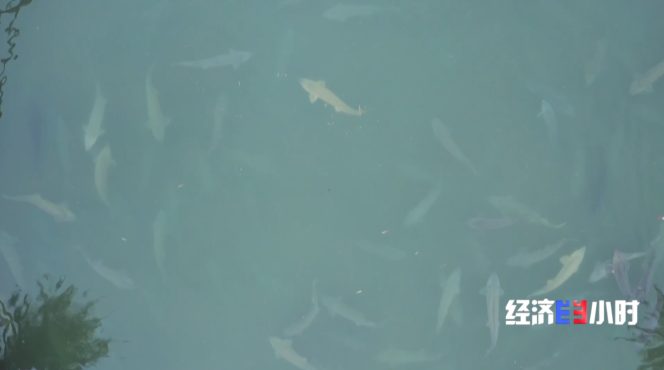
With the help of local agricultural departments, enterprises have accumulated experience through trial and error, and local resources have also been provided to provide technical support for enterprises. At the same time, the development model of "shared fish pond" has been innovated.
Peng Jilin, Director of the Agricultural and Rural Development Center of Tianquan County, Ya'an City, Sichuan Province: "Sharing fish ponds" is mainly for village collective economic organizations to raise funds, build fish ponds according to enterprise standards, and rent them back to enterprises. Village collective economic organizations can obtain dividends of about 8% of invested capital from enterprises every year.
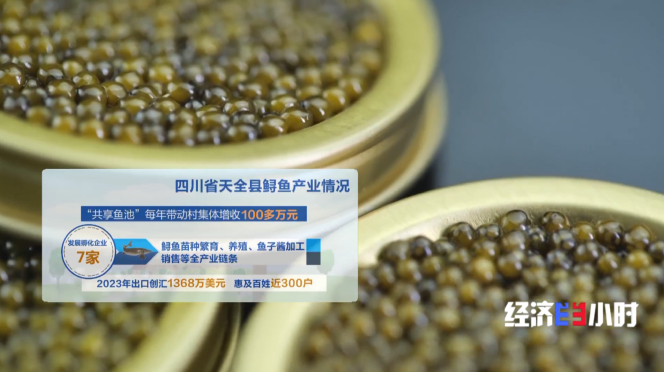
The world's second largest production and sales volume
A small county town in Guizhou has become a "world matcha super factory"
There is also a special agricultural product, Matcha, which is popular this year. In Jiangkou County, Tongren City, Guizhou Province, a small town with a population of less than 100000, the world's largest single matcha refining workshop has been built. Tongren is also known as the "world matcha super factory".
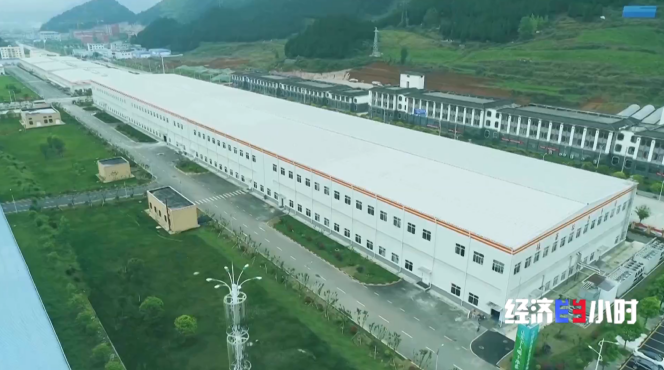
At present, the production and sales of matcha in Jiangkou County account for one fourth of the country's total, ranking first in the country and second in the world. In the first quarter of the new year, a factory's orders hit a record high. Recently, more than 200 tons of orders have been received. After the orders are produced, they will be sent to more than 30 cities in China and more than 40 countries and regions overseas.
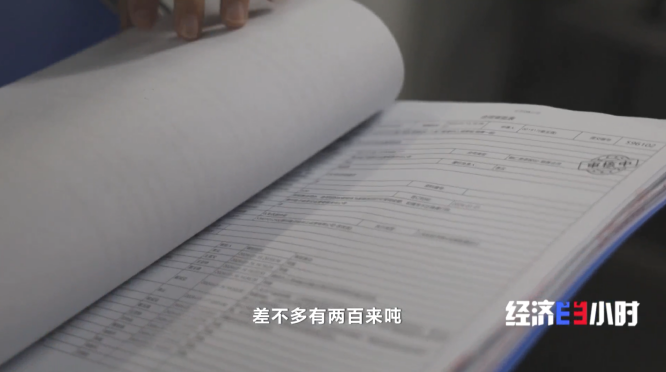
How did Tongren develop Matcha into a big industry for global sales? This is because more than ten years ago, customers came here to find the raw materials of matcha.
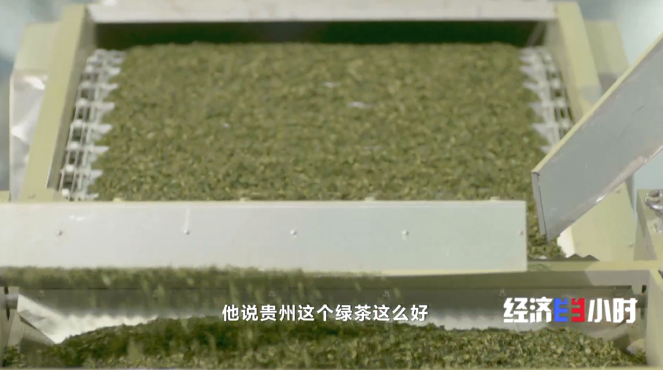
If you want to make good matcha, you must first plant tea that meets the requirements. The local agricultural and rural bureau has specially set up a team of agricultural technology experts to teach technology in all tea plantation bases, from seed selection to planting, management and protection.
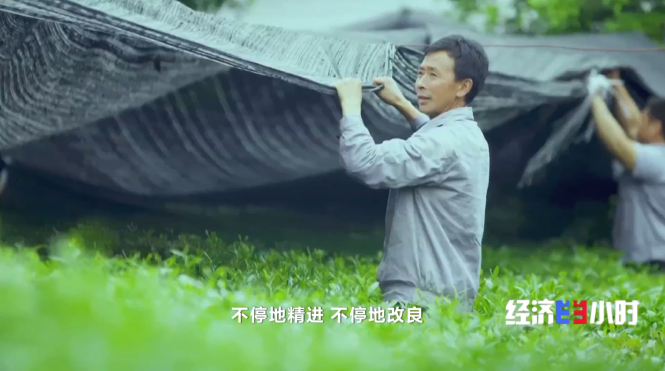
In 2016, local tea enterprises began to set up professional research and development teams to study abroad. At the same time, the learned technology will be applied, and on this basis, further research and development will be made to finally develop a completely independent intellectual property rights Matcha production line.
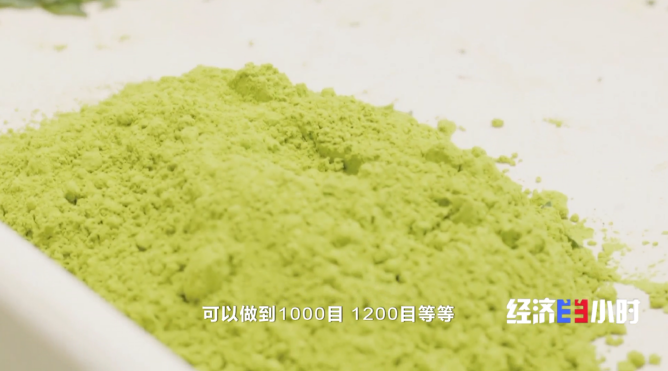
Now in addition to the production of matcha, Tongren City has also begun to explore the creation of the whole industrial chain of matcha products. The government will build a cooperation bridge to ensure the production of matcha tea through the way of "leading enterprises+cooperatives+farmers", radiating and driving 61 tea related enterprises and 100000 tea farmers in 22 counties and districts across the province to develop together.
Editor: Nie Yue























